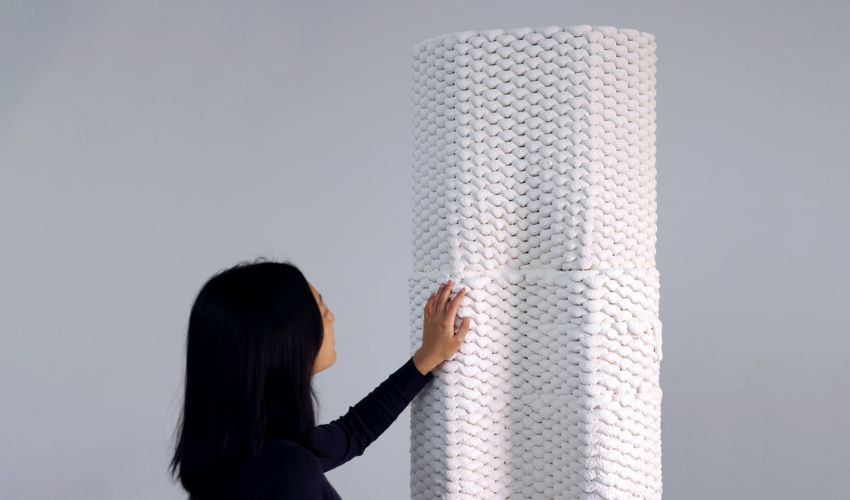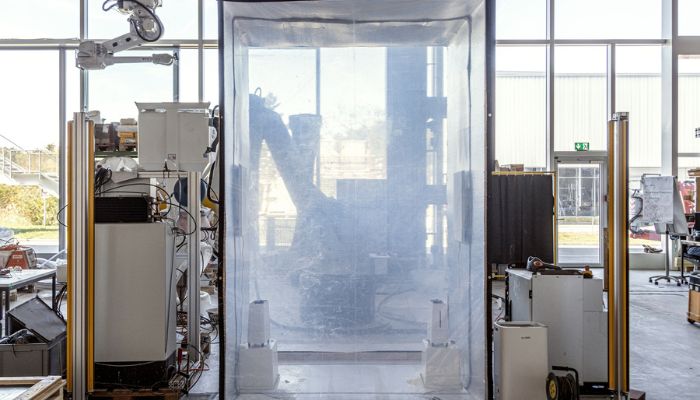The Airlements Project Promises Lightweight and Insulated 3D Printed Walls

3D printing is revolutionizing the architecture and construction industry in various ways, offering unique designs, lighter materials, and the ability to create structures that were previously considered impossible using traditional methods. Today, we would like to introduce you to a research project called Airlements, conducted by ETH Zurich in collaboration with FenX AG. This project aims to explore the potential of cement-free mineral foam, produced from recycled waste. Its main objective is to construct lightweight, monolithic walls that provide immediate insulation while reducing material consumption, labor needs, and associated costs. This innovative endeavor holds immense promise for the future of sustainable construction.
The Airlements Project aims to create walls using 3D printing technology to produce hollow pieces made of cement-free mineral foam. The unique corrugated texture of each piece provides strength and structure to the final wall. Each hollow segment of the wall weighs 25 kg and can be printed in less than an hour. Subsequently, the printed segments undergo a controlled environment for a week to harden. This process occurs at temperatures ranging from 20 to 28 degrees Celsius and with a relative humidity of 20 to 70%, which minimizes energy consumption. Unlike plastic foams or cellular concrete, this mineral foam has a lower carbon footprint, making it a highly sustainable option.
The cement-free mineral foam is a porous material that can be applied in varying densities, allowing for strategic distribution of insulation and strength based on specific requirements. This technique optimizes thermal performance and reduces energy consumption needed for heating interior spaces.
To create a unified system, the hollow cores of these walls are filled with mineral foam and sealed with a cement-free gypsum protective coating. This enables them to be used as non-structural exterior walls. Additionally, as we have seen in other instances, 3D printing enables the quick and efficient integration of reinforcements and infrastructure installations, further expanding the possibilities of this technology. As a result, the combination of 3D printing and architecture will continue to revolutionize the construction of spaces, enabling more innovative, efficient, and sustainable designs. For more information about the project, you can visit the link provided HERE.

What do you think of The Airlements Project? Let us know in a comment below or on our LinkedIn, Facebook, and Twitter pages! Don’t forget to sign up for our free weekly Newsletter here, the latest 3D printing news straight to your inbox! You can also find all our videos on our YouTube channel.
*All Photo Credits: Digital Building Technologies, Patrick Bedarf






